The Clayton Power LPS2-3000 is a complete 2.05kWh all-in-one lithium power station built specifically for motorhomes, campervans and caravans. Inside the compact 256mm x 277mm x 409mm enclosure weighing 27.5kg sits a 160Ah LiFePO4 battery, a 2300W continuous pure sine wave inverter with 6000W peak capability, a 400W MPPT solar charge controller, an alternator DC-DC booster delivering 500W standard (upgradeable to 1000W with the optional Supercharger), a 750W mains charger, and integrated relays and BMS protection. This means you get everything needed for off-grid power without buying separate inverters, chargers, controllers and batteries. The unit runs both 230V AC and 12V DC outputs simultaneously, providing 180A continuous on the 12V side (270A for 60 seconds) whilst handling your mains appliances through the inverter. The LPS2-3000 has been tested to NEN1010 safety standards and includes an integrated 30mA RCBO for full electrical compliance, making it one of the few all-in-one systems properly certified for European vehicle installation.
What makes this system stand out in the crowded motorhome power market is the charging flexibility and speed. The standard 500W alternator charging pushes 45A into the battery, getting you from flat to 80% charged in roughly two hours whilst driving. Upgrade to the Supercharger module and that doubles to 90A, meaning you hit 80% in around 60 minutes of driving. The 400W MPPT solar controller handles up to 400W of panels, taking about four hours to charge from 0-80% in decent summer sun. All three charging sources work simultaneously if needed, so you'll recharge faster when plugged into mains hook-up whilst the solar panels contribute and your engine charges the battery on the move. The built-in Bluetooth connects to the Clayton Power GO app, giving you real-time monitoring of state of charge, power draw, charging rates, voltage, temperature and historical energy data. With over 35,000 Clayton Power units now operating across UK and European fleets, the platform has proven reliability in commercial environments where downtime costs money.
The 2048Wh total capacity delivers 1740Wh of usable energy, and the LiFePO4 chemistry is rated for 2000 charge cycles before capacity drops to 80%. In typical motorhome use patterns where you're charging daily from a mix of solar, driving and occasional mains hook-up, that translates to roughly 10-15 years of service life. One limitation worth knowing upfront is that the battery isn't user-replaceable due to the compact integrated design, so when it reaches end of life you're looking at a complete unit replacement rather than swapping cells. The system weighs 27.5kg, which sits between traditional lead-acid setups that would need 80-100kg for equivalent usable capacity and newer modular lithium systems that offer field-replaceable components but cost more and take up significantly more installation space. The LPS2-3000 works well for couples or small families doing weekend trips through to extended tours, particularly those running typical loads like compressor fridges, LED lighting, water pumps, phone charging, laptops and occasional higher draws like microwaves, toasters or induction hobs. For continuous air conditioning or running multiple high-power devices all day, you'll want to supplement with regular charging or consider adding Clayton's G4 expansion batteries to increase total capacity.
The powerful and compact LPS provides power to your 230 VAC and 12 VDC appliances without the complexities of additional equipment.
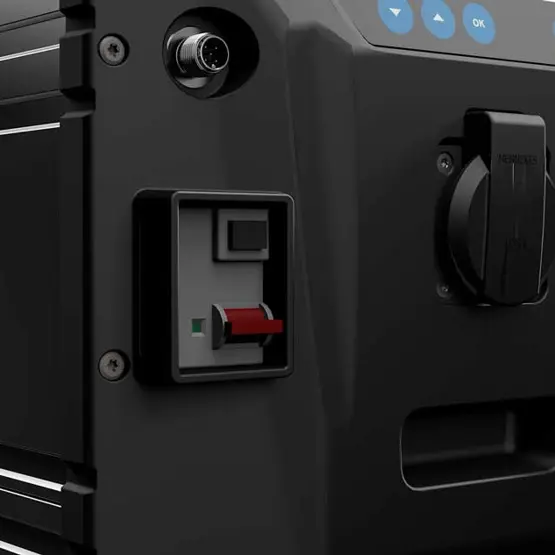 RCBO relay
RCBO relayThe RCBO relay is included in the LPS. In case of overload, it will shut down for the 230V AC output. The RCBO relay is also a fault current circuit breaker.
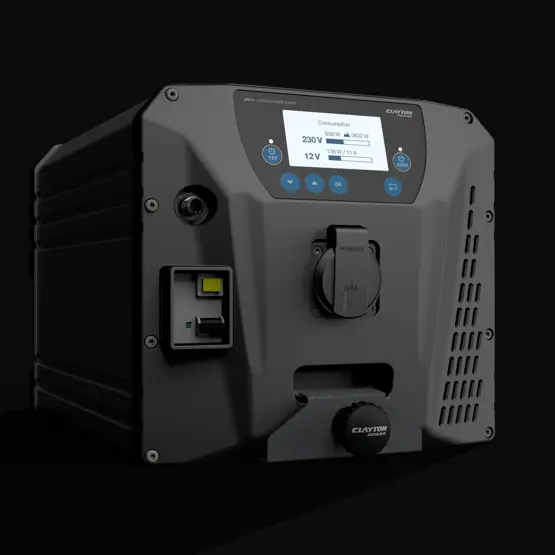 Switch for 12V DC Output
Switch for 12V DC Output12V DC can be turned ON/OFF from the front of the LPS. If pressing OK the LPS will enter the main menu. From the main menu it is possible to find data for DC charging and 12V DC output.
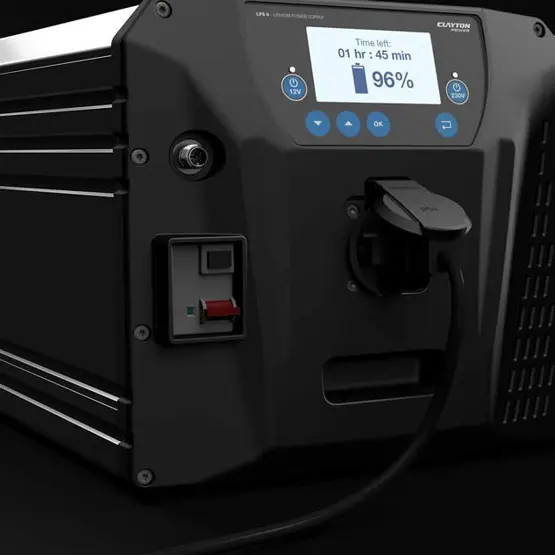 230V output Schuko plug
230V output Schuko plugIn front of the LPS it is possible to e.g., connect 230V equipment or an extension cord.
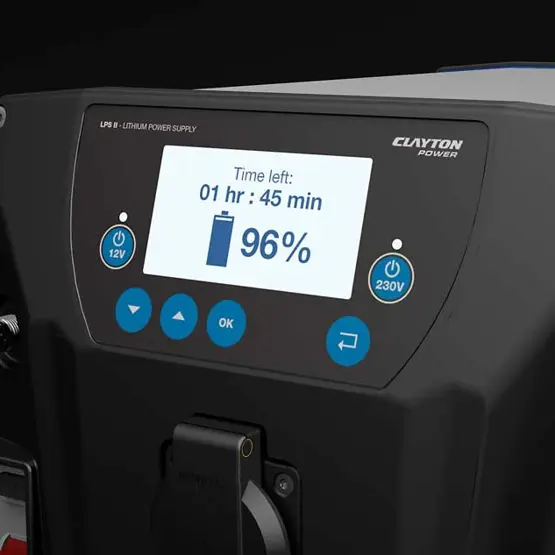 Switch for 230 VAC output
Switch for 230 VAC output230 VAC can be turned ON/OFF from the front of the LPS. If pressing OK the LPS will enter the main menu. From the main menu it is possible to find data for AC charging and 230 VAC output.
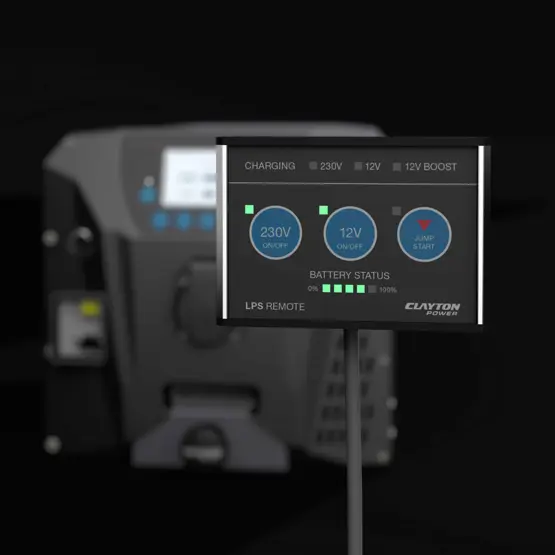 Remote and data
Remote and dataThere is an M12 connection for the remote control. The remote control can be used for turning on/off the LPS.
The M12 data connection is for upload of software updates, change of parameters or withdrawal of data from the LPS via a can modem.
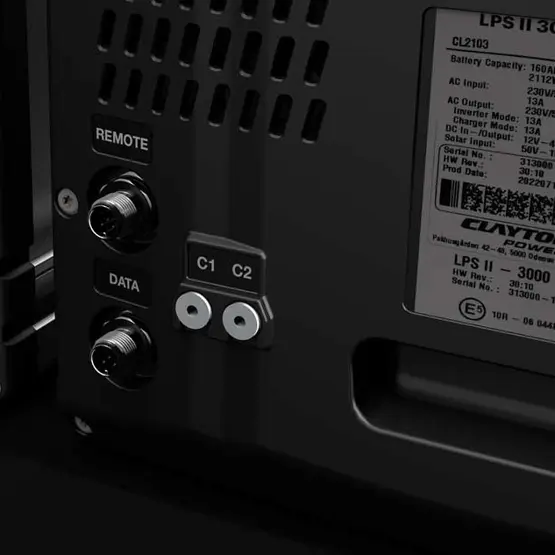 C1 and C2 connection
C1 and C2 connectionC1: For charging from the vehicle, it is required to connect C1 to D+ or the ignition key.
C2: For charging from solar panels, it is required to connect to C2. Solar panels shall also be connected to DC -IN or for DC OUT.
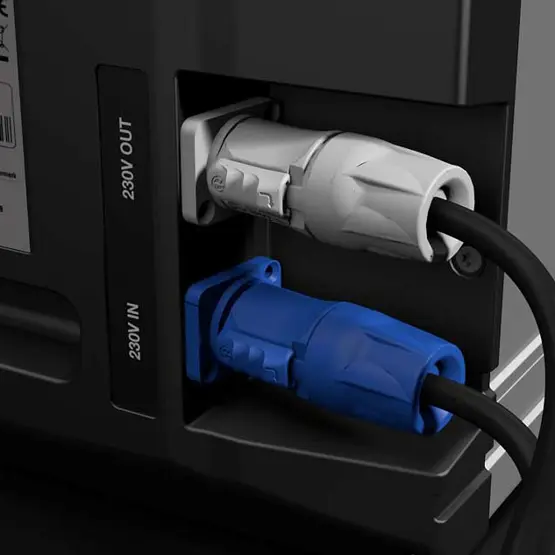 230V IN and OUT
230V IN and OUTThe grey Neutrik connector is included for 230V AC output.
The blue Neutrik connector is for 230V AC input. The charging cable with the blue Neutrik is shipped together with LPS II.
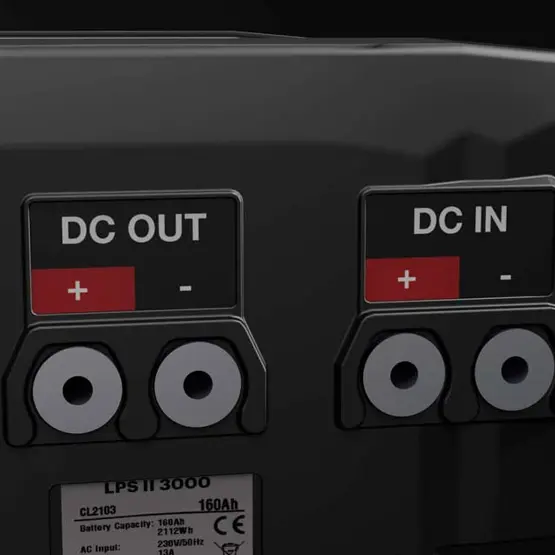 12V DC output
12V DC output12V DC appliances can be connected to the output terminals.
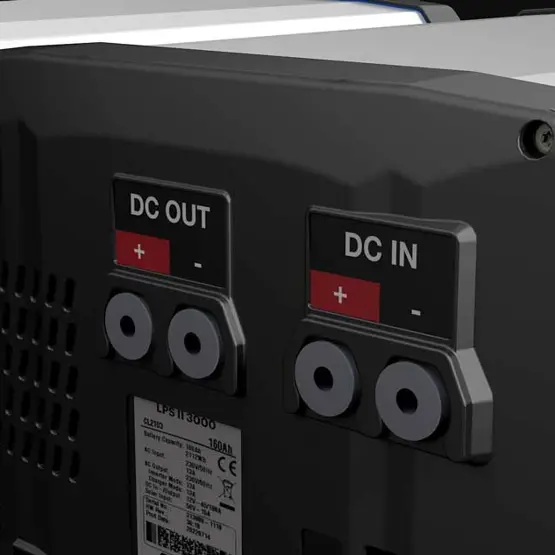 12V or 24V DC input
12V or 24V DC inputThe LPS is charged from any alternator via the 12 or 24V DC input. The DC IN shall be connected to the starter battery. The built-in booster will raise the voltage and at the same time also protect the starter battery.
For charging from solar panels, they shall also be connected to DC -IN or for DC OUT (and C2).
-53300.webp) High energy density Li-Ion Battery Cells
High energy density Li-Ion Battery CellsHigh-end and compact LiFePO4 battery cells with high energy density and long lifetime.
 Efficient high-voltage AC unit
Efficient high-voltage AC unitRedesign of all functionalities for making the LPS unit as ultra compact as possible. The high-voltage AC inverter has an impressive 94% efficiency at 1000 W and high peak performance for start-up of heavy-duty loads.
-19705.webp) Redesigned boards and made for harsh environments
Redesigned boards and made for harsh environmentsAll boards within Clayton Power's LPS are coated to ensure maximum functionality even in challenging environments. The inverter, charger, solar regulator, and DC booster have been redesigned to make the product as compact and efficient as possible.
Clayton Power LPS II 3000 - 2 kWh All-in-one Lithium Power Supply Features
- Charging from alternator : The built-in booster allows regeneration with 500 W from any alternator. 500 W (45 A) standard. 1000 W (90 A) Super Charger (not included).
- Charging from solar panels : Connect solar panels directly. The built-in solar charge controller also allows regeneration from the sun with 400 W.
- Charging from mains : Connect to mains, the built-in intelligent charger regenerates with 750 W.
- 230 V/50 Hz output : Peak: 5000 W | Power: 3000 W
- 12 V output : 60 Seconds: 350 A | Continously: 180 A
- Built-in Li-Ion Battery : Capacity: 2112 Wh (160 A) | Efficient energy: 1900 Wh
- Charging : Alternator: 500 W / SC: 1000 W | Solar panels: 400 W | Mains: 750 W
- Jumpstart
- Status overview
- Charging summary
- Additional battery option
- Clayton Power GO App
Specifications
- SKU No.: CL2103
- Battery type: Li-Ion 12V – 160Ah
- Battery chemistry: LiFePO4
- Battery capacity: 160Ah (2112Wh)
- Battery available capacity: 134Ah (1900Wh)
- AC Input voltage: 207 VAC – 253 VAC
- AC input frequency: 45 Hz – 65 Hz
- AC Input power (Charge power): 720 W
- AC Output voltage: 230 VAC ±10% pure sine wave
- AC Output frequency: 50 Hz
- AC output power – Continuously (ambient temp): 2300 W
- AC output power - 10 min.: 3000 W
- AC output power - Peak: 5000 W
- AC output power - AC In connected: 3000 W
- AC output efficiency (1000W): 94%
- DC Input voltage: 11.5 - 32 VDC
- DC input current: 45 A
- DC input current with 1 external converter (efficiency): 90 A
- DC output voltage: 10-14.4 VDC
- DC output charge current – Continuously: 90 A
- DC output discharge current – Continuously: 180 A
- DC output discharge current – 1 min.: 350 A
- Solar input charging power (max.): 400 W
- Solar input voltage: 15 – 50 VDC
- Solar input charging current (max.): 15 A
- Input signals: (5) C1, C2, M12 x 3
- Output signals: (4) C2 & M12 x 3
- Self-discharge rate per month: < 5%
- Self consumption - Operating mode, Only DC Output active: < 1 W
- Self consumption - Operating mode, inverter and DC Output in with > 50 W: 30 W
- Connection 230 VAC: Neutrik and Schuko
- Connection C1 / C2: M4
- Connection DC input: M8
- Connection DC output: M8
- Cooling: Forced air (fan)
- Operating temperature: -20°C~50°C (output will be limited below 0°C and above 50°C)
- IP rating: IP21
- Product weight: 27.5 kg
- Product dimensions (HxWxL): 256x277x409 mm
- Jumpstart: 40 A / 5 min
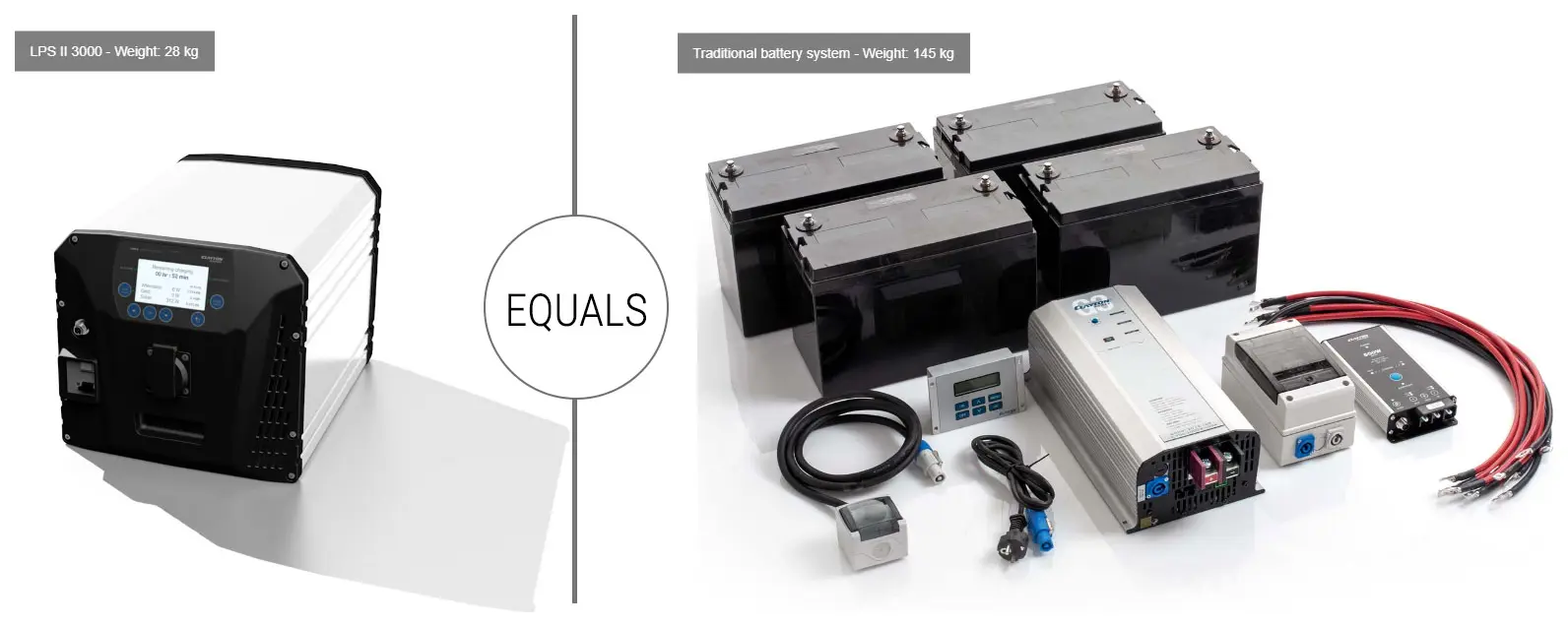
Frequently Asked Questions
The LPS2-3000 integrates seven components into one 27.5kg unit measuring 256mm high x 277mm wide x 409mm long. Inside you get a 2048Wh (160Ah) LiFePO4 battery with 1740Wh usable capacity, a 2300W continuous pure sine wave inverter with 6000W peak surge capacity for 10 seconds, a 400W MPPT solar charge controller, a 500W DC-DC alternator booster charger upgradeable to 1000W, a 750W intelligent mains charger, relay switching for automatic source selection, a battery management system monitoring individual cells, integrated 30mA RCBO protection, and Bluetooth connectivity for the Clayton GO app. This replaces buying separate batteries, inverter, solar controller, battery-to-battery charger, mains charger and monitoring equipment.
With the standard 500W alternator charging at 45A, the battery charges from 0-80% in approximately 120 minutes whilst driving. Upgrading to the optional Supercharger module doubles the alternator input to 1000W at 90A, reducing charging time to 60 minutes from 0-80%. From 400W of solar panels in good UK summer conditions, expect roughly 240 minutes to reach 80% charge. The 750W mains charger also achieves 0-80% in about 120 minutes when connected to hook-up. All three charging sources work simultaneously, so if you're driving with solar panels producing power whilst connected to mains, the combined input speeds up charging considerably. The unit will not charge when battery temperature is below 0°C to protect the cells from damage.
The 2300W continuous output at 25°C with 6000W peak surge for 10 seconds handles most caravan and motorhome air conditioning units, which typically draw 1200-1700W when running and require 2000-3500W startup surge. The unit can deliver 3000W continuously for 10 minutes if needed for high-demand appliances. The peak rating covers compressor startup current. However, running air conditioning continuously off-battery alone will drain the 1740Wh usable capacity in approximately 60-85 minutes depending on the unit's power consumption. For extended air conditioning use off-grid, you need substantial solar input during the day, regular driving to recharge via alternator, or connection to mains hook-up. Many motorhomers run air conditioning primarily when on mains power and use it sparingly from battery during the hottest parts of the day.
A comparable Victron system with MultiPlus 3000VA inverter-charger, SmartSolar MPPT 100/30 controller, Orion-Tr Smart DC-DC charger, Smart Lithium 200Ah battery, and Cerbo GX monitoring costs roughly similar money but requires significantly more installation complexity with multiple components to wire, programme and integrate. The Clayton offers simpler installation with everything pre-integrated in a single 27.5kg unit, whilst Victron provides more configurability, easier component replacement if something fails, and more extensive monitoring through VRM portal. Victron batteries come with external BMS allowing future replacement, whereas the Clayton's integrated battery cannot be changed. For DIY installers comfortable with complex wiring and programming, Victron offers more flexibility. For those wanting professional installation or simpler setup, Clayton's all-in-one approach reduces complexity and installation time considerably.
Clayton specifies 1740Wh of usable energy from the 2048Wh total capacity, representing approximately 85% depth of discharge. LiFePO4 batteries handle deep discharge better than lead-acid, and the battery management system will protect against over-discharge by shutting down output if voltage drops too low. In practical terms, 1740Wh powers a typical motorhome with compressor fridge, LED lighting, water pump, phone charging and laptop use for roughly 22-34 hours without recharging, assuming moderate consumption patterns. Heavy users running inverter loads regularly should expect 12-16 hours. This usable capacity equals roughly 250Ah of traditional lead-acid batteries that discharge to only 50%, making the Clayton system significantly lighter and more compact for equivalent real-world performance.
Clayton rates the LiFePO4 battery for 2000 charge-discharge cycles before capacity drops to approximately 80% of original. For motorhomers completing one charge cycle daily, this translates to 5-6 years of service life. Weekend users who charge 2-3 times weekly could see 10-12 years before significant capacity loss. The cycle life depends heavily on usage patterns, with partial charging and discharge extending lifespan compared to consistently running the battery from 100% to near-empty. Temperature also affects longevity, with moderate temperatures around 15-25°C being optimal. Once the battery reaches end of cycle life, the entire unit requires replacement as the battery is not user-serviceable due to the integrated design. Clayton Power has over 35,000 units in commercial fleet use, suggesting the platform has proven durability in demanding applications.
The integrated 400W MPPT solar charge controller accepts solar input up to 400W maximum with 15-50V voltage range and maximum 30A short circuit current. For motorhome roof mounting, typical configurations include four 100W panels, three 130W panels, or two 200W panels, staying within the 400W limit. The MPPT controller operates more efficiently than PWM controllers, extracting 15-30% more power from panels by finding the optimal voltage-current operating point. Solar panels must not exceed 50V open circuit voltage or the controller will be permanently damaged. Series wiring increases voltage whilst parallel wiring increases current. For shaded conditions or complex roof layouts, panels wired in parallel with individual bypass diodes perform better than series strings. The controller charges the internal battery directly when solar power exceeds 5W, with the BMS managing cell balancing and charge termination. Actual solar harvest depends on location, season, panel orientation, shading and weather conditions.
LiFePO4 batteries produce no gases during normal operation unlike lead-acid batteries, so the LPS2-3000 does not require ventilation for safety. However, the inverter, chargers and DC-DC converter generate heat during operation and the unit includes forced air cooling with internal fans, so some airflow around the unit helps prevent overheating. The manual specifies not to mount the unit upside down or on its side, and not to cover or block the fan or air intake. Mount the 27.5kg unit on a solid surface using the optional mounting bracket, ensuring it is securely fastened to prevent movement during travel. Avoid mounting in direct sunlight, near heaters, or above 4500 metres altitude. The unit is rated IP20, meaning it needs protection from direct water spray and moisture. The display screen faces forward, and the Neutrik power connectors require access for cable connection. If mounted in a closed cupboard, you'll rely on the Bluetooth app for monitoring rather than the built-in screen.
Clayton Power offers G4 Li-Ion expansion batteries that connect to the LPS2-3000 to increase total storage capacity beyond the 2048Wh built-in capacity. These external battery packs integrate with the unit's BMS and charging system, allowing you to add capacity without replacing the entire unit. The expansion batteries connect via dedicated terminals, and the system automatically manages charging distribution across all connected batteries. This modular expansion approach gives flexibility to increase capacity as needs grow without starting from scratch with a completely new system. Check with Clayton Power or authorised dealers like Fischer Panda UK for specific expansion battery capacities available and maximum number of expansion packs supported by the LPS2-3000. Note that all batteries in a connected system should be added when relatively new to avoid imbalance issues between old and new cells with different remaining cycle life.
The LPS2-3000 requires connection to your starter battery for alternator charging via the DC input terminals using minimum 16mm² flexible cable rated Class 5 or 6. A 60A slow-blow fuse must protect the positive cable as close as possible to the starter battery. The C1 terminal needs connection to ignition or D+ signal using minimum 1.5mm² cable so the unit knows when the engine is running to activate alternator charging. Solar panels connect to the DC input terminals and C2 activation signal, with solar positive connected to C2. Mains hook-up connects via the blue Neutrik NAC3 FCA connector on the AC input. The grey Neutrik NAC3 FCB connector provides 230V AC output to your distribution board. For 12V loads, connect to the DC output M8 terminals with appropriate fusing for your circuit protection. M8 terminal bolts must be torqued to 12 Nm and M4 terminal bolts to 2.5Nm. The unit includes Type A and Type B Neutrik connectors which are deliberately incompatible to prevent incorrect connection. A protective earth connection to chassis must be made from the AC output connector for safety. Professional installation is recommended unless you're confident working with high-current DC systems and AC wiring to NEN1010 standards.
The Clayton Power GO app connects via Bluetooth to display real-time state of charge percentage, battery voltage, current power draw in watts, charging current from each source showing solar, alternator and mains inputs separately, remaining runtime estimates based on current consumption, and system status for both 12V DC output and 230V AC output. The app shows exactly how much energy solar panels contribute versus alternator charging versus mains, useful for understanding your power generation patterns. You can control the 230V AC output and 12V DC output on and off directly from the app. Battery temperature monitoring alerts you to potential issues. The app provides access to charging history and energy consumption data over time. For fleet operators, multiple LPS units can be registered on the Clayton web portal for centralized monitoring of entire vehicle fleets, tracking fuel savings from reduced engine idling and documenting carbon emissions reductions for CSR reporting. The built-in display on the unit shows basic information with simple and advanced view modes, but the app provides the most comprehensive data and control.
The integrated BMS monitors all critical parameters including individual cell voltages to maintain balance across the battery pack, overall pack voltage to prevent over-charge and over-discharge, temperature sensors to detect overheating or freezing conditions, charging and discharging current levels to prevent excessive rates that damage cells, and short circuit protection on all inputs and outputs. Internal protection includes 16A fuse on 230V AC input, 30mA RCBO on 230V AC output, 50A fuse on DC input, and 20A fuse on solar input. If any parameter exceeds safe limits, the BMS automatically disconnects the battery from charging or load until conditions return to normal operating range. The unit will not charge below 0°C to protect the LiFePO4 cells. If temperature drops below minus 20°C, the unit locks completely and must be returned to Clayton Power for resetting. The BMS also performs cell balancing during charging, ensuring all cells reach full charge evenly which maximizes capacity and lifespan. All circuit boards receive conformal coating to protect against moisture and vibration in mobile environments. The unit meets NEN1010 safety standards and is certified to UN-ECE Regulation 10 for automotive use.
The LPS2-3000 includes a jump start function that can provide emergency starting power to your vehicle's starter battery if it becomes completely flat. This function is activated through the front panel display menu or via the optional remote control, allowing the LPS to supply 40A to the starter battery for 5 minutes to turn the engine over. The 270A peak output for 60 seconds on the DC output provides additional reserve capacity if needed. This emergency function prevents being stranded with a flat starter battery, particularly useful for motorhomers who don't use their vehicles daily and might find the starter battery depleted after a week parked up. The jump start function only operates when explicitly activated through the menu and does not run continuously, preserving the house battery capacity for habitation use rather than maintaining the starter battery. Once the engine starts, the vehicle's alternator takes over charging the starter battery back to full capacity whilst simultaneously charging the LPS2-3000 through the DC input connection.
Clayton Power provides a standard 24-month manufacturer's warranty covering defects in materials and workmanship under normal use conditions. The warranty covers the complete integrated unit including battery, inverter, chargers, controllers, and BMS. Fischer Panda UK, who distribute Clayton Power products in the UK, offers an extended five-year warranty on marine installations they carry out professionally. The warranty does not cover damage from improper installation, reverse polarity connection, overloading beyond rated capacity, physical abuse, lightning strikes, ingress of liquids, or storage outside the specified temperature range of minus 20°C to plus 50°C. Warranty service requires proof of purchase including sales receipt, model number, serial number and description of the problem. To obtain warranty service, contact the retailer where you purchased the unit, obtain an authorisation number, then ship the device freight paid as dangerous goods under UN3480 regulations. Given the integrated non-serviceable design, warranty claims usually result in complete unit replacement rather than component-level repairs. Fuses inside the unit cannot be replaced by users and require service from Clayton Power.
The LPS2-3000 operates across a wide temperature range from minus 20°C to plus 50°C for discharge, maintaining good performance in cold conditions. However, the unit will not charge when battery temperature is below 0°C to protect the LiFePO4 cells from permanent damage. If temperature drops below minus 20°C, the unit locks completely and must be returned to Clayton Power for resetting at your expense, so extreme cold protection is critical. For winter camping in sub-zero conditions, keep the unit in a heated part of your motorhome or ensure it warms above freezing before charging commences from any source including solar, alternator or mains. Many winter campers mount the unit inside the heated living space or run a small heater near the battery compartment. Solar charging in winter is less effective due to shorter days and lower sun angles, so winter campers rely more heavily on alternator charging whilst driving and mains hook-up when available. The 1740Wh usable capacity may feel limiting in winter when heating loads increase power consumption, so the G4 expansion batteries become more attractive for extended winter wild camping.
The LPS2-3000 requires minimal ongoing maintenance but a few tasks ensure optimal performance and longevity. Fully recharge the battery to 100% every month to maintain cell balance and capacity. If the battery has not been fully charged for a long period, maintenance charging can take up to 3 days. When not in use, the unit must be fully charged and connected to mains power every 6 months to prevent deep discharge damage. Test the integrated RCBO safety device regularly by pressing the T test button to ensure it trips correctly, confirming protection is working. A yearly full RCBO test with a suitable test tool is recommended but not mandatory. Check cable connections periodically for tightness, ensuring M8 bolts remain torqued to 12Nm and M4 bolts to 2.5Nm. Keep ventilation openings clear and fans unobstructed. Store the unit between 0°C and 35°C for long-term storage exceeding one month. The internal fuses cannot be replaced by users and require Clayton Power service if they fail. All circuit boards have conformal coating for protection, but keeping the IP20-rated unit away from moisture and spray extends service life.
The lithium battery capacity of 1 kWh means that you can run an application with a consumption of 1000 W in one hour, 500 W for two hours and 250 W for four hours. A 2 kWh battery has twice the capacity.
Example: Power tools 500 W x 1 hour + Light 150 W x 5 hours = 1,25 kWh
1 kWh lithium:
• From 0-80% in about 60 mins from DC and mains
2x faster recharging time with the supercharger – from 0-80% in half an hour (only from alternator)
• 400W recharges from solar, from 0-80%, in 90 mins (which is why solar is often used to reduce fuel consumption and for off-grid)
• You can use mains, supercharger and solar in combination to recharge even faster
2 kWh lithium:
• From 0-80% in about 120 mins from DC and mains
• 2x faster charging time with the supercharger – from 0-80% in one hour (only from alternator)
• 400W recharges from solar, from 0-80%, in 240 mins
• Again, you can use all three sources simultaneously for faster recharge
Yes, it is possible to connect the G4 Li-Ion Batteries from Clayton Power as additional batteries.



















-19705.webp)
-53300.webp)
 Clayton Power
Clayton Power

-93865.webp)
-27709.webp)

-44441.webp)


-44441.webp)










-53300.webp)

-19705.webp)

 (201 reviews)
(201 reviews)
 (21 reviews)
(21 reviews)
 (2 reviews)
(2 reviews)
 (10 reviews)
(10 reviews)
 (3 reviews)
(3 reviews)
 (1 review)
(1 review)













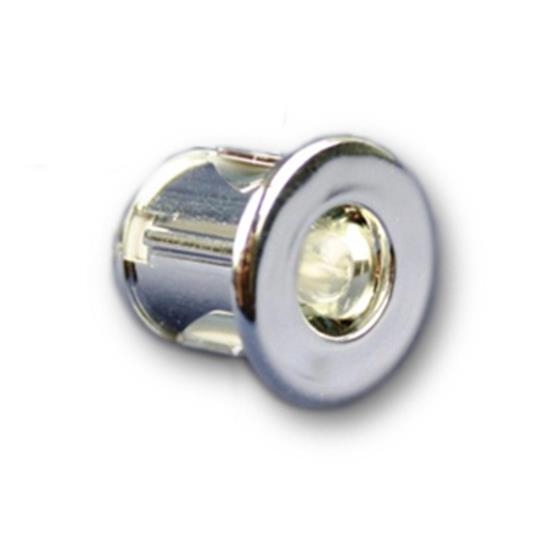
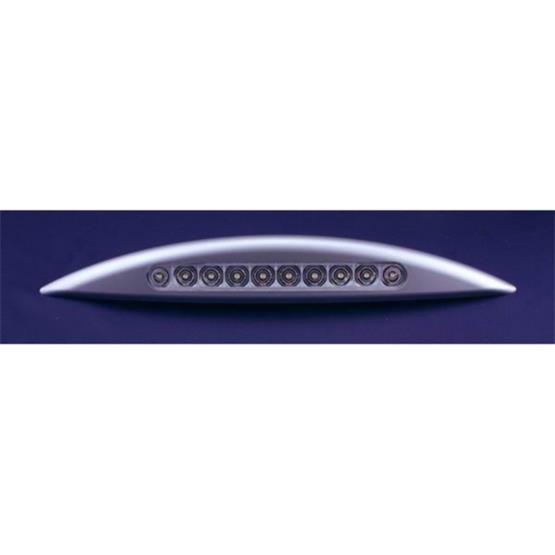
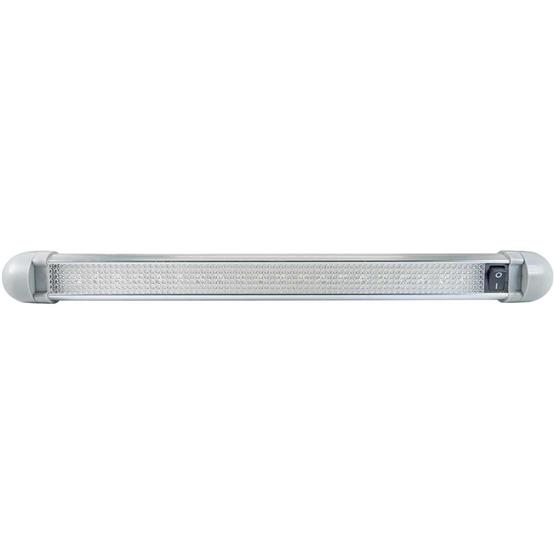
-89031_xlge.jpg)
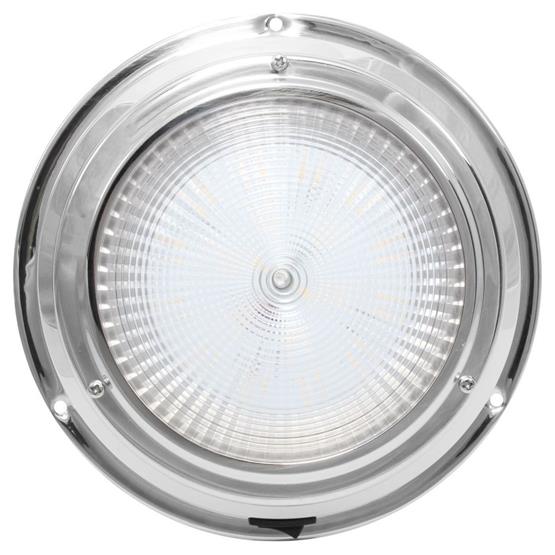
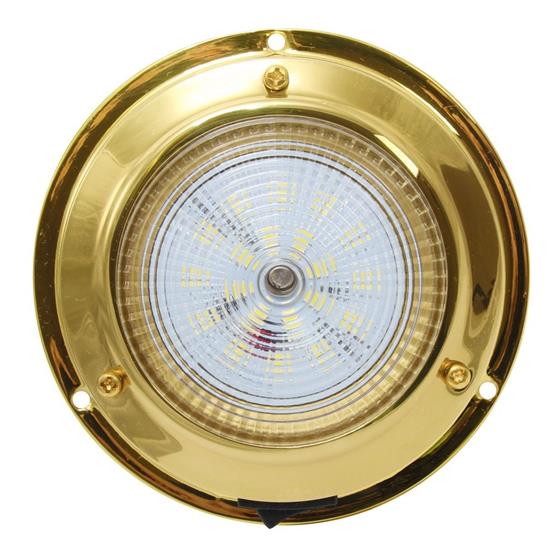
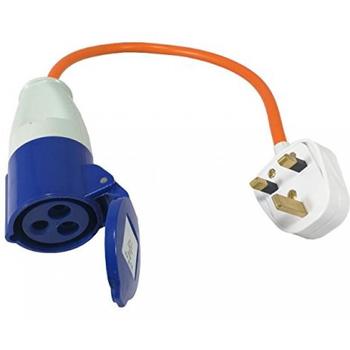

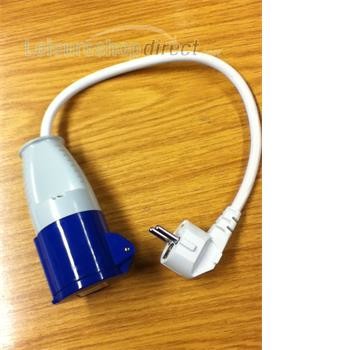
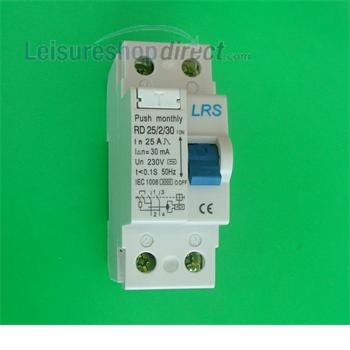
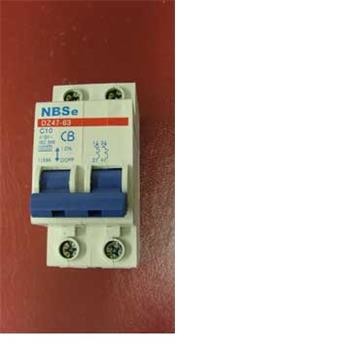
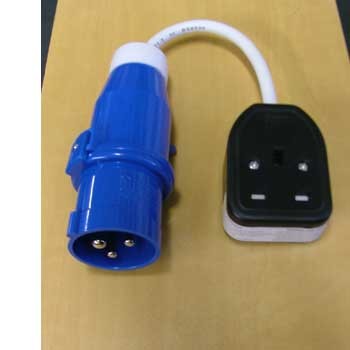
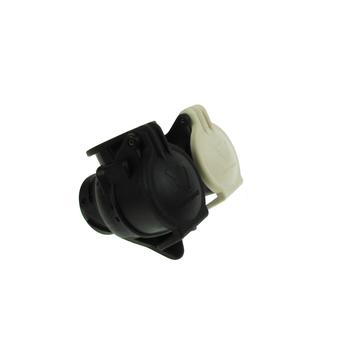
15145822.jpg)